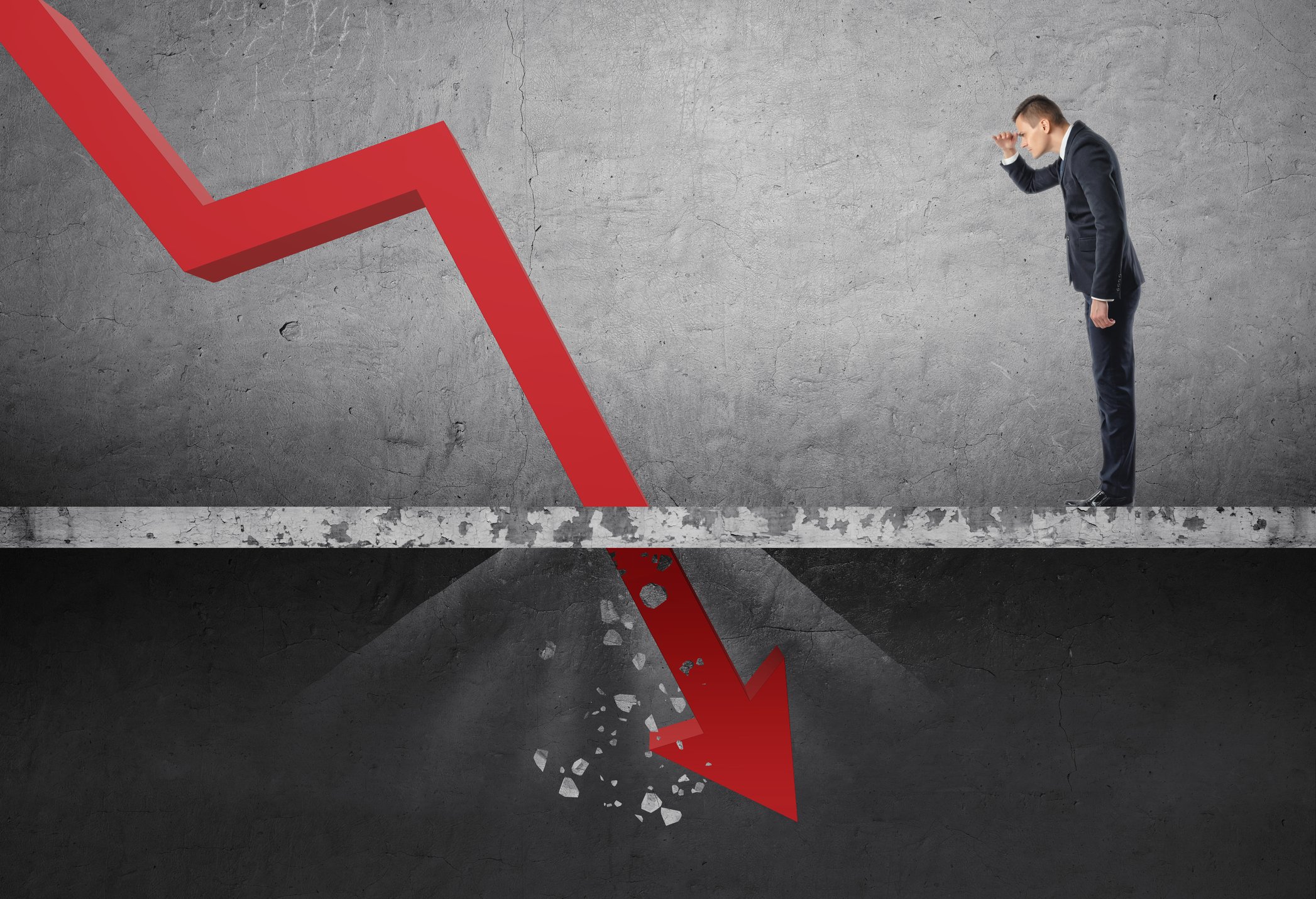What happened
Luxury e-commerce stock Farfetch Limited (FTCH +0.00%) dropped 10% in September, according to data from S&P Global Market Intelligence. Shares had gained almost 500% in 2020, and with a high valuation coming into this year, the price has started to fall. Shares are now down more than 40% year to date, as of this writing.

Image source: Getty Images.
So what
There wasn't any big news for Farfetch during September, but many stock prices dipped on supply chain and inflation worries. Add to that Farfetch's 2020 run-up, and it's a recipe for a price correction.
Aside from that, the company is demonstrating solid growth. In the second quarter, revenue increased 43% to $523 million, and gross merchandise volume (GMV) increased 40% year over year and more than doubled from the 2019 numbers, surpassing $1 billion. Gross margin grew 0.3% to 44%, but losses also widened, from $87 million in 2020 to $436 million in 2021.For the full year, Farfetch expects GMV to increase 35% to 40% year over year.
Farfetch has managed the tricky feat of creating an experience of online luxury, with details such as product launches from top designers and virtual try-on rooms for the right fit. Besides from its core marketplace, it also sells its e-commerce software to luxury designers for their own branded stores, a la Shopify. These have made it a formidable name in e-commerce with its own niche and strong growth prospects. But its staggering losses may be worrying investors.
It's still in high-growth mode, which necessitates large expenditures, and these are already paying off in sales growth. As the company scales, it has a path toward profitability. In addition to growing its domestic market, Farfetch is making a big push into China. It received $250 million each from Alibaba Group and European luxury-goods conglomerate Richemont brands, owner of brands such as Cartier Baume and Mercier, for a joint China venture.
Now what
Farfetch has a bright future ahead of itself as it expands its businesses into new markets and develops technology that fits its unique model. It's still pricey for a company that has yet to post a profit, but long term, the stock is likely to grow, and its lower price makes it look more attractive.








